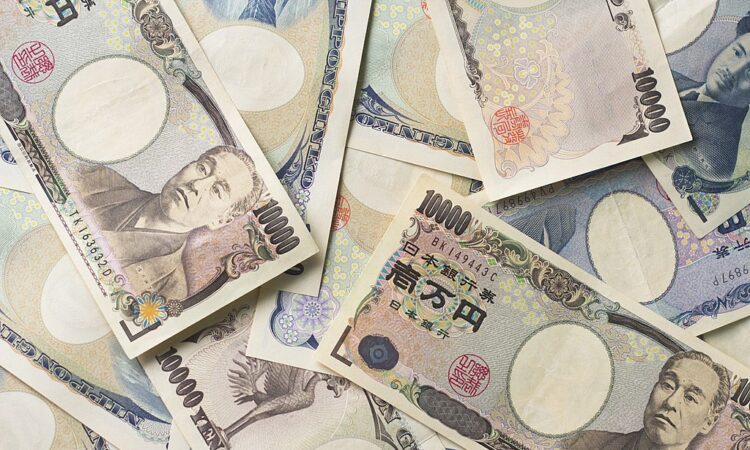
Asian currencies traded in tight ranges on Friday as the U.S. dollar regained ground from recent lows, with the Japanese yen showing little movement ahead of the Bank of Japan’s policy meeting. Most regional currencies were set for muted weekly performance, while the dollar faced slight weekly losses after the Federal Reserve cut interest rates as expected and hinted at more cuts in the coming months. However, the Fed’s cautious outlook—less dovish than markets hoped—helped the greenback rebound, pressuring Asian currencies.
The yen hovered near 148 per dollar after a sharp overnight rise. Japan’s August consumer price index showed inflation easing in line with expectations, though core inflation remained above the BOJ’s 2% target, leaving room for speculation about future rate hikes. The BOJ is expected to keep rates around 0.5% unchanged, especially amid political uncertainty following Prime Minister Shigeru Ishiba’s unexpected resignation. Investors are watching Governor Kazuo Ueda’s remarks for signals on inflation and potential plans to reduce the BOJ’s exchange-traded fund holdings.
The dollar index inched up 0.1% in Asian trade, extending recent gains after dipping to early-2022 lows earlier this week. The Fed’s quarter-point cut, driven by labor market concerns, was tempered by its stance against deeper cuts due to sticky inflation. U.S. jobless claims data also reflected persistent labor weakness.
Other Asian currencies largely treaded water. The Chinese yuan stayed near a 10-month low despite new stimulus measures to support consumption. The Indian rupee weakened past 88 per dollar amid trade talks with Washington. The South Korean won slipped 0.4%, while the Singapore dollar edged 0.1% lower. The Australian dollar was steady after touching 10-month highs earlier in the week.




